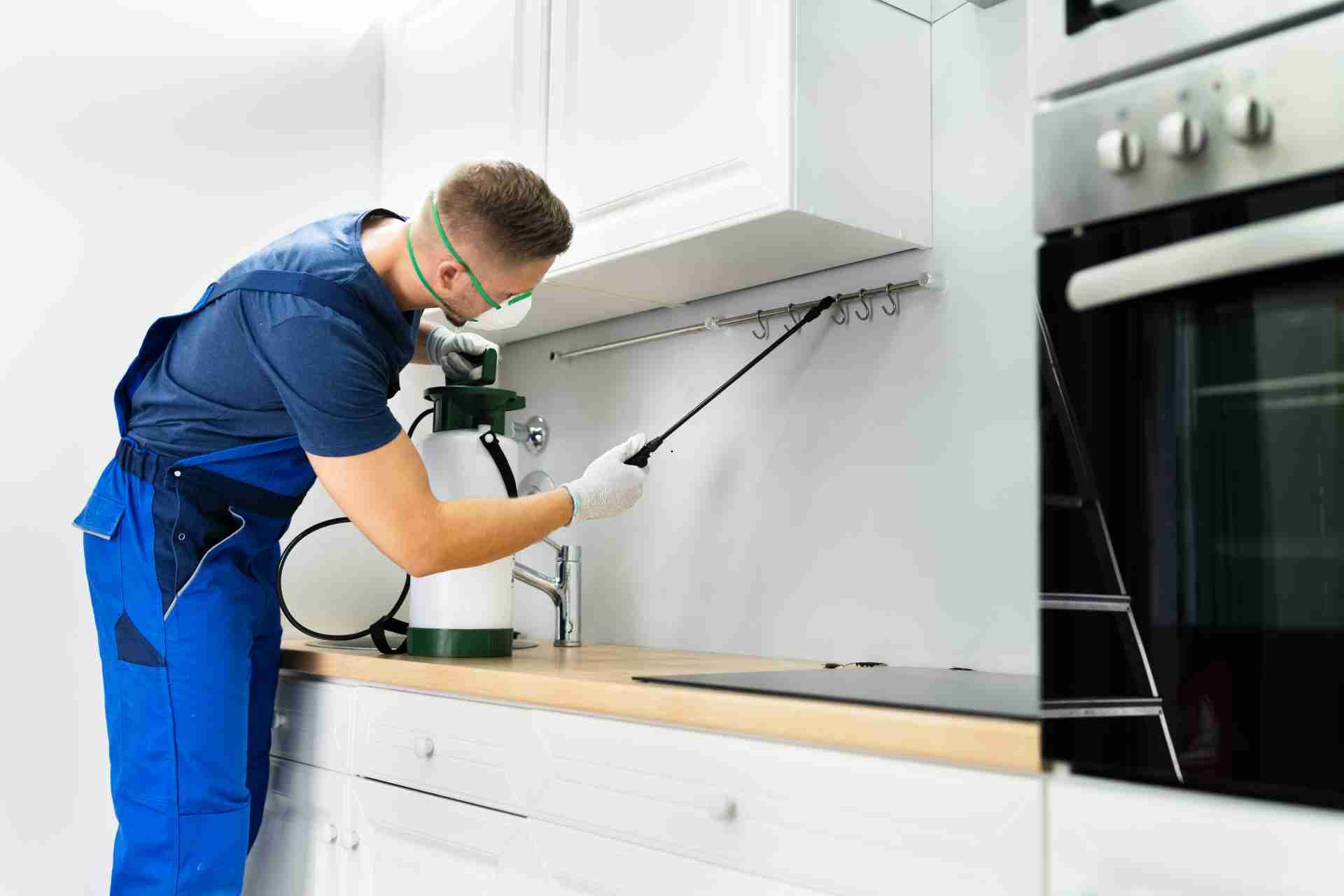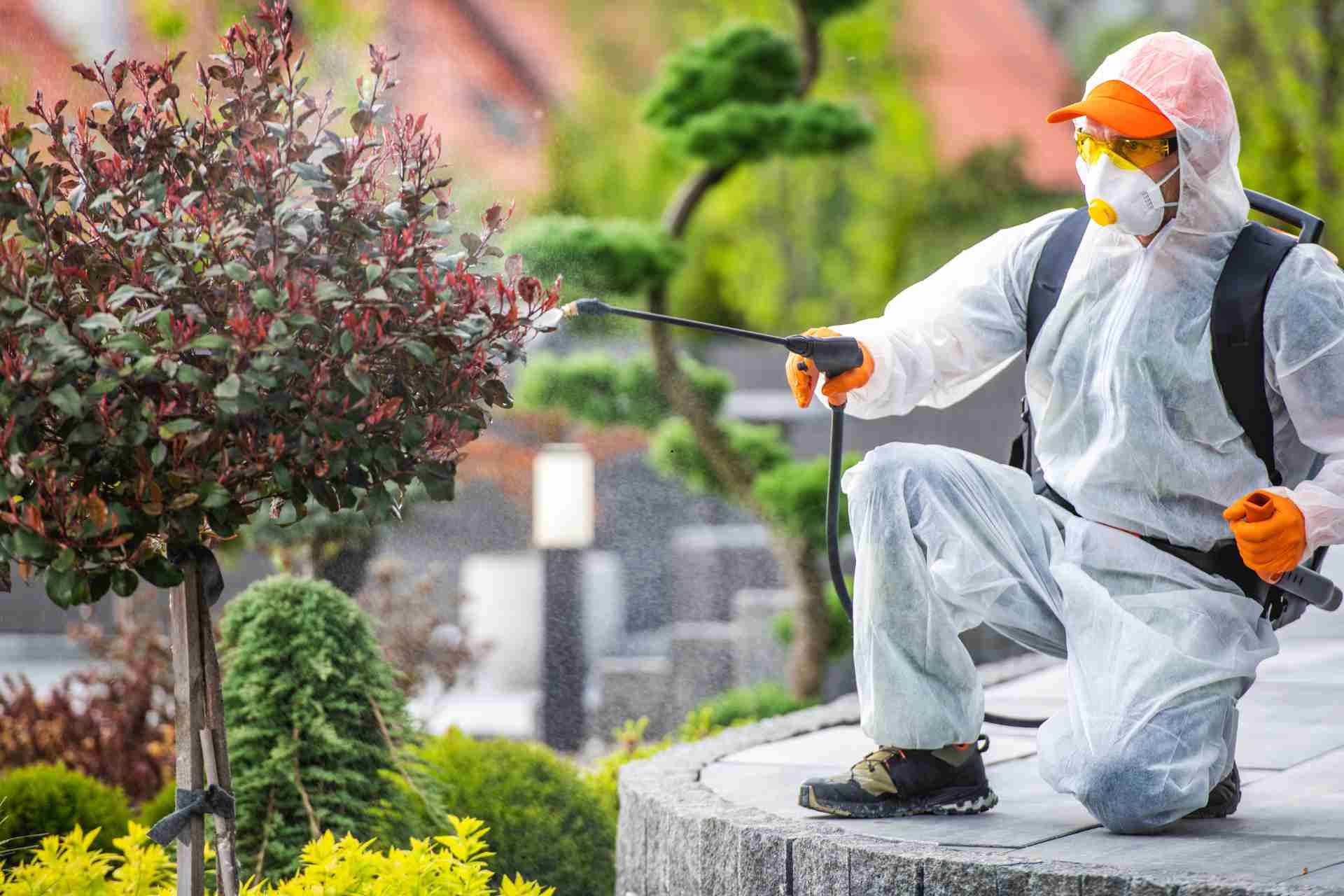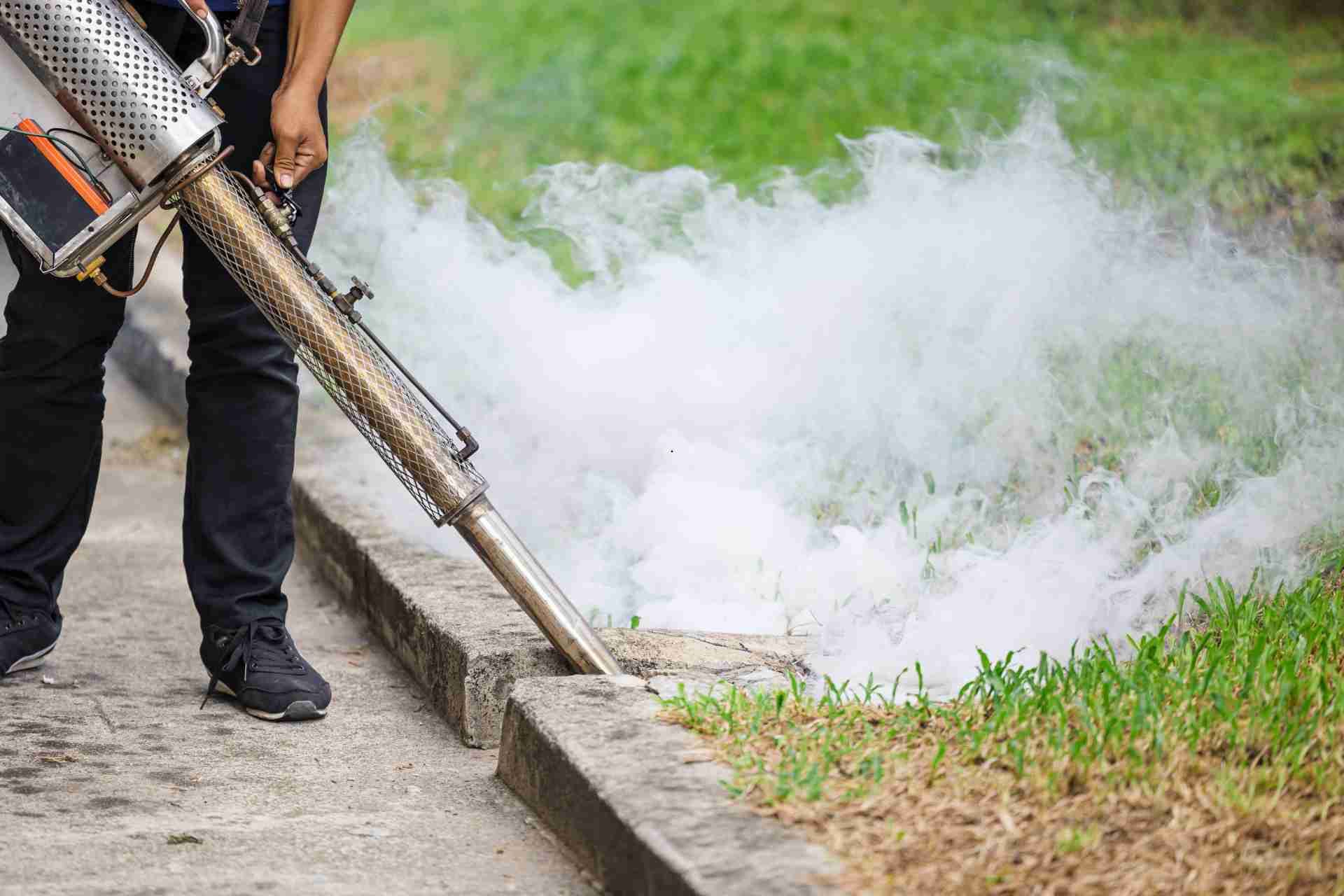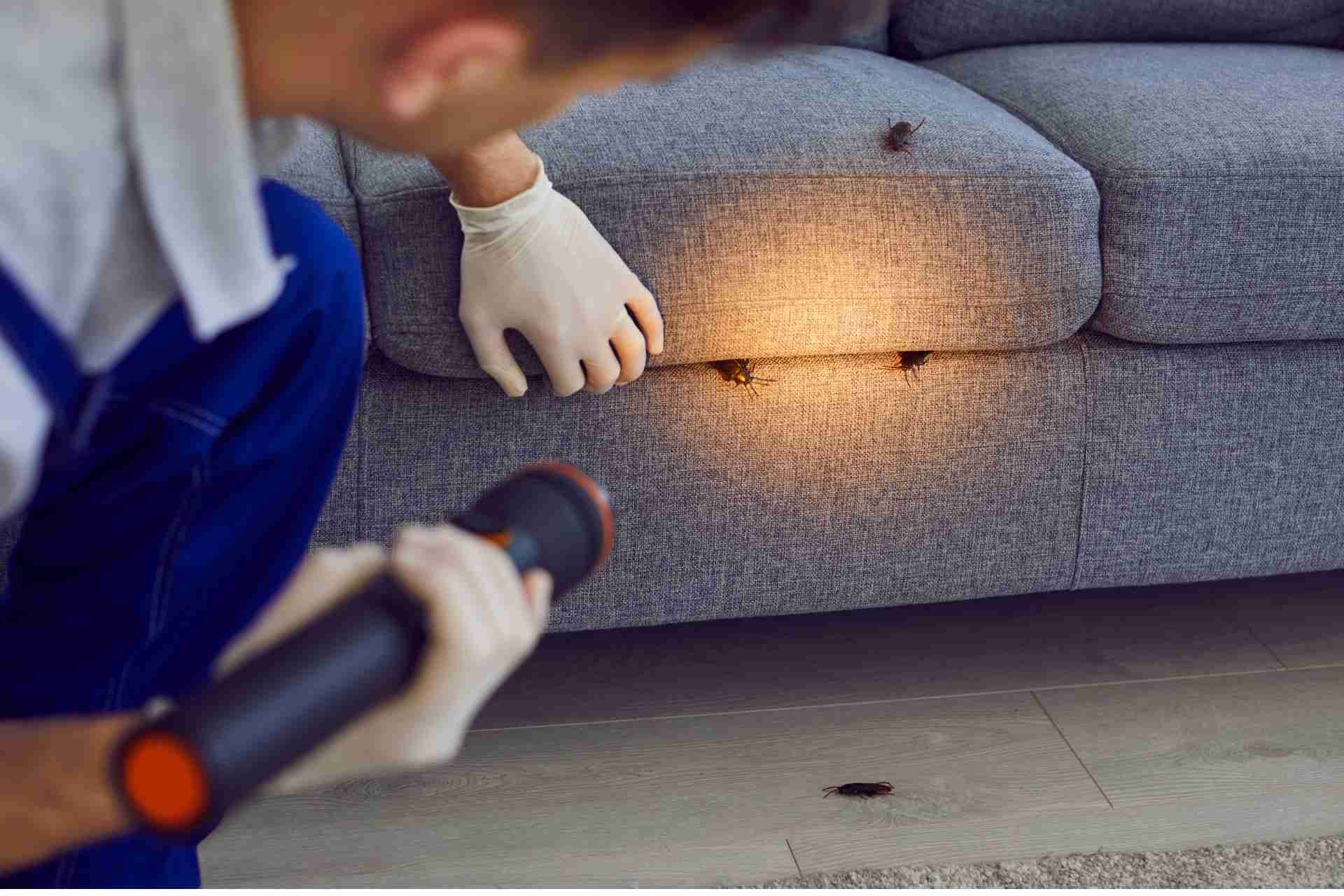10 Signs You Might Have a Termite Infestation
If you've noticed unusual signs around your home, it might be time to investigate further. Termites can cause significant damage if left unchecked, and early detection is crucial. Look out for things like mud tubes or hollow-sounding wood. These subtle indicators can be the first hints of a much larger problem. But what exactly should you be looking for? Let’s explore the key signs that could point to a termite infestation.
Mud Tubes on Exterior Walls
Mud tubes are one of the clearest signs of a termite infestation. When you spot these pencil-sized structures on your exterior walls, it’s time to take action.
Termites build mud tubes to create a protected passageway between their underground nests and the wooden structures of your home. You might find them crawling up your foundation, along walls, or even on support beams.
If you notice these tubes, you can’t afford to ignore them. They indicate that termites are actively seeking food sources, putting your property at risk.
To protect your home, inspect the tubes closely and consider contacting a pest control professional. Early detection can save you from significant damage and costly repairs down the line.
Stay vigilant!
Hollow-Sounding Wood
If you tap on a wooden surface and it sounds hollow, it could be a sign of termite damage. Termites eat wood from the inside out, leaving a thin outer layer that may still appear intact. This hollow sound is often an early indicator of an infestation. To help you identify affected areas, here’s a quick reference:
**Signs** **Description**
|------------------------|------------------------------------------|
Hollow Sound Tapping reveals a hollow echo
Cracked Surfaces Wood may appear cracked or weak
Blisters in Wood Bubbling or blistering surfaces
Loose or Crumbling Wood Wood feels soft or crumbles easily
Visible Damage Actual holes or tunnels in the wood
Stay alert for these signs, and take action quickly!
Discarded Wings
As you inspect your home for signs of termite activity, keep an eye out for discarded wings, which can indicate an infestation. When termites swarm, they shed their wings after finding a suitable place to establish a colony.
Here are some key points to help you identify these signs:
1. Location: Check windowsills, doorways, and light fixtures where the wings may accumulate.
2. Appearance: Discarded wings are usually translucent, about half an inch long, and have a distinct shape.
3. Quantity: A significant number of wings in one area can suggest a nearby colony.
4. Timing: Swarming typically occurs in spring or early summer, so look for wings during this period.
Stay vigilant—early detection can save you from extensive damage!
Termite Droppings
After checking for discarded wings, look for termite droppings, another telltale sign of infestation.
These droppings, often called frass, resemble small pellets or coffee grounds and can be found near infested wood or in areas where termites are active. If you spot these droppings, it’s a strong indication that termites are munching away at your property.
The color of the frass can vary, but it’s usually dark brown to black, depending on the type of wood the termites are consuming.
Don’t ignore these signs! Inspect your home thoroughly, especially in areas like basements, attics, and crawl spaces.
The sooner you address a potential infestation, the better chance you have of minimizing damage and protecting your home.
Peeling or Bubbling Paint
One of the visual signs that can indicate a termite problem is peeling or bubbling paint on your walls. This issue often arises when termites tunnel through the wood, causing moisture to build up beneath the paint.
If you notice these paint anomalies, it’s time to investigate further. Here are a few things to check:
1. Check for Water Damage: Look for areas where moisture may gather.
2. Inspect for Wood Damage: Pay attention to the condition of the wood underneath.
3. Look for Hollow Sounds: Tap on the walls; hollow sounds may suggest termite activity.
4. Examine Other Signs: Keep an eye out for termite droppings or mud tubes nearby.
Acting quickly can help you address any potential infestation before it worsens.
Swarmers in Your Home
If you spot peeling or bubbling paint, it might be a signal to look for other signs of termite activity, such as swarmers in your home.
Swarmers, or winged termites, often emerge in spring, searching for new nesting sites. You may find them indoors or see discarded wings near windows or doors. These swarmers usually indicate an established colony nearby, which could pose a significant risk to your property.
If you notice them, act quickly; it’s crucial to address the situation before it escalates.
Inspect your home thoroughly and consider contacting a pest control professional. They can assess the situation and help you take the necessary steps to eliminate the infestation and protect your home from further damage.
Damaged Wood Structures
Wood structures in your home can reveal a lot about potential termite damage. If you notice any of the following signs, it might be time to investigate further:
1. Bubbles in the Paint: Look for any blistering or peeling paint, which could indicate moisture from damaged wood.
2. Hollow Sounds: Tap on wooden beams and listen for a hollow sound; this might mean termites have eaten away at the interior.
3. Frass: Small, wood-colored droppings found near wooden structures can indicate an active infestation.
4. Cracked or Splintered Wood: Check for any unusual cracks or splits that weren’t present before, as this may suggest termite activity.
If you spot these signs, it’s crucial to act quickly to prevent further damage.
Soft or Squishy Wood
Noticing damaged wood structures can lead you to another concerning sign of termite activity: soft or squishy wood. When termites infest wood, they consume it from the inside out, leaving the outer layer intact but compromising its integrity.
If you tap on wooden beams, floorboards, or furniture and they feel soft or give way under pressure, that's a red flag. You might even notice that the wood appears discolored or has a hollow sound when tapped.
This deterioration weakens the structure significantly, making it essential to address the issue promptly. If you discover soft wood, it’s crucial to consult a pest control expert to assess the extent of the damage and discuss treatment options.
Don't wait; take action now!
Increased Pest Activity
While you may initially associate pest activity with visible signs of damage, an increase in pest sightings around your home can be a strong indicator of a termite infestation.
If you notice more pests than usual, it’s time to pay attention. Here are four signs of increased pest activity:
1. Swarmers: Seeing winged termites, especially during spring, means they’re looking to establish new colonies.
2. Mud Tubes: Finding mud tubes on your foundation indicates termites are tunneling to access wood.
3. Frass: Spotting tiny droppings resembling sawdust suggests termites are actively feeding.
4. Other Pests: Increased sightings of other pests, like ants or beetles, can signal a larger infestation issue.
Stay vigilant—early detection is key to preventing extensive damage!
Unexplained Gaps in Walls or Floors
Increased pest activity often leads to unexpected changes in your home’s structure.
If you notice unexplained gaps in your walls or floors, it could be a sign of a termite infestation. Termites chew through wood, weakening the materials that support your home. These gaps might appear around windows, doors, or baseboards, making your home feel less secure.
You might also hear unusual noises, like crunching sounds, as these pests work away silently. If you observe these gaps, don’t ignore them. Act quickly to investigate further.
Calling a pest control professional can help determine if termites are the cause and prevent further damage. Taking swift action can save you time, money, and the integrity of your home.
Conclusion
If you notice any of these signs, it’s crucial to act quickly. Termite infestations can cause significant damage to your home if left unchecked. Don’t wait until it’s too late—schedule a professional inspection to assess the situation. Staying vigilant and addressing any concerns early can save you time and money in the long run. Protect your home from these silent invaders and ensure your living space remains safe and sound.










